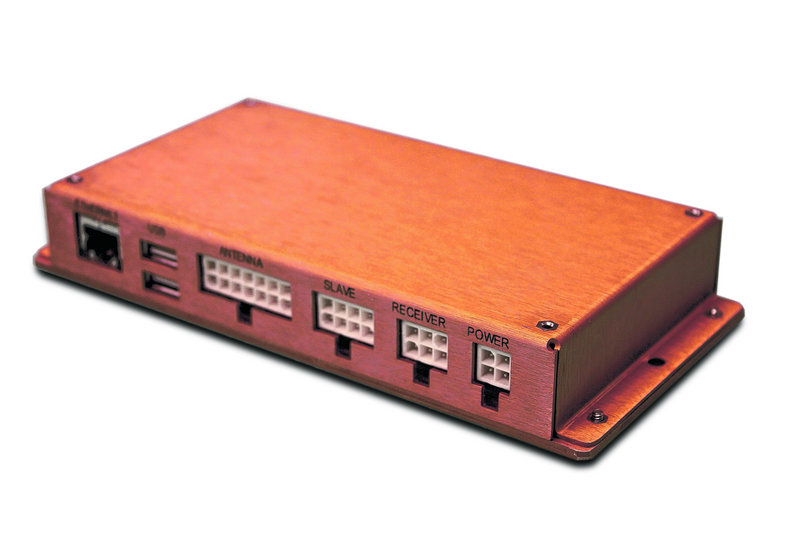Public safety officials in the Lebanon area are counting on radio-monitoring technology to track down the person who has been blocking transmissions and hampering their ability to respond to emergencies.
The Federal Communications Commission won’t say whether it is investigating the interference, which began in 2004 and has flared up in recent weeks. But Lebanon Rescue Department Assistant Chief Jason Cole has said the agency will review data collected during a fire Saturday to try to find out who interrupted responders’ radio traffic.
The FCC and other enforcement agencies frequently use direction-finding equipment, which points to the source of a radio signal, to determine the location of a jammer, experts say.
The equipment was used to locate Irene Levy, a California woman who was arrested in May 2010 after interrupting public-safety radio communications and broadcasting threats to emergency workers. She pleaded guilty five months later and was sentenced to time served plus three years of probation, according to Southgate, an amateur radio news publication.
Police in Madison, Wis., used direction-finding equipment in 2003 to track down the source of radio interference that became particularly problematic on Halloween night, when it blocked public safety communications throughout the city.
Rajib Mitra, a University of Wisconsin graduate student with a history of computer hacking, was convicted on two charges of intentional interference and was sentenced to eight years in prison, according to court documents.
He killed himself in jail last year, soon after being sentenced on child pornography charges, according to the Capital Times.
The Coast Guard uses similar technology to locate disoriented boaters in distress, said Lt. Nick Barrow, command center chief for Sector Northern New England in South Portland. It also helps the Coast Guard determine whether a distress call is a hoax, which he said is “a persistent issue.”
Barrow said a display screen in the command center shows a “line of bearing” from the source of the signal to the tower receiving it. If the source of a mayday call is on land, the Coast Guard knows it’s not a real emergency, he said.
Direction-finding equipment isn’t used only to track interference that’s deliberate or dangerous.
Doug Havenhill, an owner of Arizona-based Doppler Systems LLC, sells basic direction-finding systems for $2,500 to amateur radio operators who want to find out who is interrupting their broadcasts — something that isn’t likely to draw in the FCC.
Havenhill said his company also sells the systems to municipalities that want to do their own radio interference troubleshooting. In one case, the equipment showed that the source of interference was a city trash truck driver who was sitting on his radio, Havenhill said.
The company’s basic system consists of a box-shaped signal processor, antenna and a software program. Readings, displayed on a computer screen, point to the direction the signal is coming from in relation to where the equipment is, but they don’t indicate the distance, Havenhill said.
Readings from two locations can pinpoint the source where the lines meet.
Or, with a mobile system set up in a van, the driver can go in the direction of the signal and determine when it’s close by the signal’s strength.
After that, Havenhill said, it’s a matter of looking around the area for antennas to figure out the exact location.
The equipment can constantly monitor and record transmissions, which can be reviewed later.
But Havenhill said it can be difficult to sort through the data, especially when several users are on the same frequency around the same time, as public safety officials often are while coordinating their response to an emergency.
“It’s not easy to do if there’s a lot going on,” he said.
Staff Writer Leslie Bridgers can be contacted at 791-6364 or at:
lbridgers@pressherald.com
Copy the Story Link
Send questions/comments to the editors.




Success. Please wait for the page to reload. If the page does not reload within 5 seconds, please refresh the page.
Enter your email and password to access comments.
Hi, to comment on stories you must . This profile is in addition to your subscription and website login.
Already have a commenting profile? .
Invalid username/password.
Please check your email to confirm and complete your registration.
Only subscribers are eligible to post comments. Please subscribe or login first for digital access. Here’s why.
Use the form below to reset your password. When you've submitted your account email, we will send an email with a reset code.